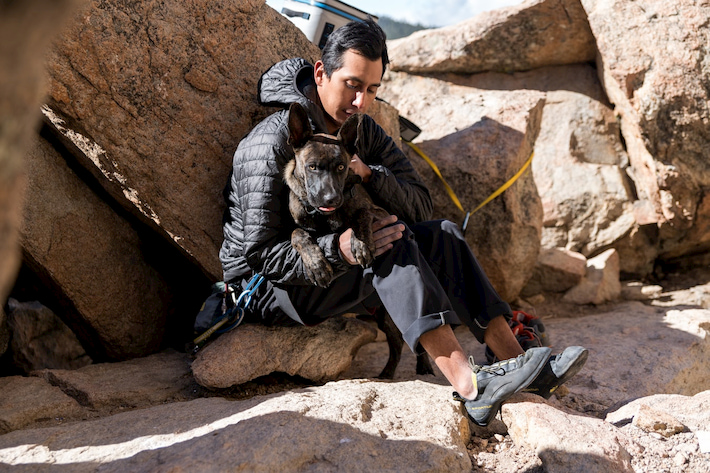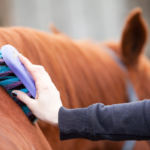The first thing new dog parents have to decide on is what they want to name their pup. But once you get your pup to the veterinarian for the first time to get them checked up, you’ll have to choose the best worm, tick and flea prevention dog pet products.
The reasons why getting the right tick, worm and flea prevention products is of utmost importance are pretty obvious – you want to do everything you can to prevent these pests from getting in your home and affect the health of your pup. Fleas are far more troublesome than being an itchy nuisance. They can make your pup sick, eventually leading to Lyme or another tick-borne disease that can result in fevers, kidney problems and swollen joints. Further, your dog can get a nasty skin allergy from the flea saliva and anemia and tapeworms from the bites.

That being said, it’s almost always better to take preventative measures instead of dealing with them after they’ve infested your dog. Depending on the type of dog pet products you need, there are tick, flea and worm meds that can either prevent the pests from latching onto your pup or kill them if they’re already there. Additionally, you can choose between prescription and over-the-counter medicine. Regardless, there are a few important factors you need to take into account before buying and applying this type of medication.
For starters, you need to consider your dog’s age. Most products aren’t safe to use on pups that aren’t at least two months old. If you have a younger pup, make sure the medication you choose is suitable for animals under two months. Older dogs can also experience adverse reactions, even if they’ve used it before. For that reason, elderly dogs shouldn’t be treated without consultation from a vet.

source: unsplash.com
Next, you need to consider your dog’s health. Some pups have underlying health conditions or allergies. For instance, topical medication can be unsuitable for sensitive skin. If your pup is allergic to beef or chicken, which is rare but still happens, then oral medication might not be an option as it can contain beef flavouring. Similarly, if your dog has a history of seizures, some oral medication can also be a non-option. Some medication can also be inappropriate for pregnant or nursing dogs.
Moreover, all the different tick or flea dog pet products specify the size of the animal that can use them. This is important to get right as you might give your dog a higher dose than it needs, resulting in potentially dangerous side-effects. In fact, this is one of the most common mistakes many dog owners do, leading to an emergency vet visit. If your dog is on other medication, such as a dewormer, then you should also talk to your vet to make sure the medicine you choose is safe with whatever else your pup is taking at the moment.
As briefly aforementioned, you can get oral medication to treat your dog from fleas and ticks. An oral treatment like Capstar Flea Tablets is great for dogs that already are infested, and it will start killing fleas within 30 minutes of application. You can then follow this treatment with a monthly flea prevention product to ensure your dog doesn’t get re-infested.
Most oral tick and flea medication is easy to use, as it’s available in flavours so your pup will be more than happy to eat it. Once consumed, the ingredients in the medication will kill ticks and fleas if they bite on your dog. Most of these products have a recommended dosage. For example, you should give 1 tablet for every 10kg your dog weighs.
Topical medicine, on the other hand, is a great choice not only for removing fleas and ticks, but also repelling them from getting on your pup in the first place. Most medicine comes in a tube that you have to squeeze and apply on your dog’s skin. Some products, such as K9 Advantix II, can be used without having to routinely check-up with a vet. Most topical products target other pests as well, including heartworms (a mosquito-transmitted disease), ear mites and parasites.

source: unsplash.com
Lastly, practising good hygiene around your home is also beneficial to keeping ticks and flies away from your dog. Treating the animal alone isn’t going to be enough in most cases, and you should treat the environment they live in as well. For that reason, clean regularly, including washing your bedding and your dog’s sleeping area, vacuum the carpets, the chairs and sofa.
To add another level of protection, spray your yard and home with products that are specifically made to kill fleas in order to prevent infestation. These products also act as repellants for a number of pests, including ants, cricket, termites and mosquitos. Keep in mind, such products are meant for your yard and they shouldn’t be directly applied to your dog unless they’re approved by the manufacturer.



